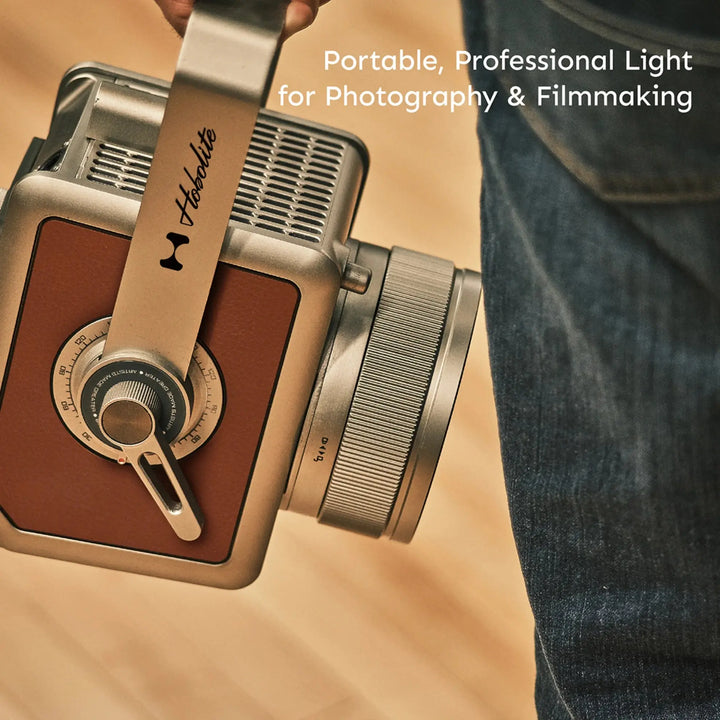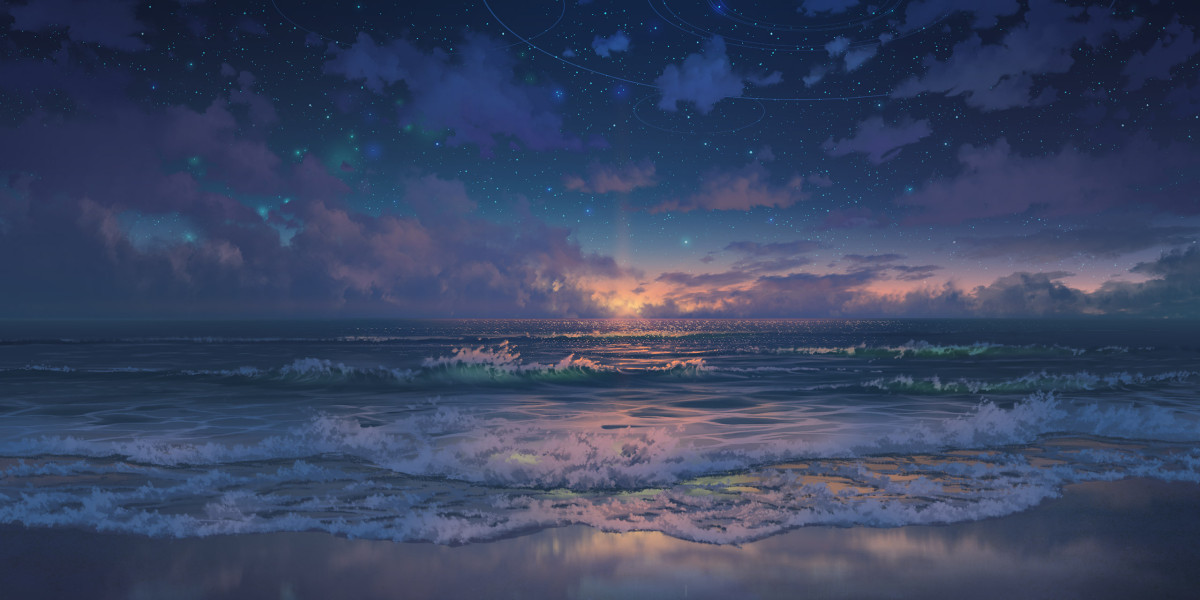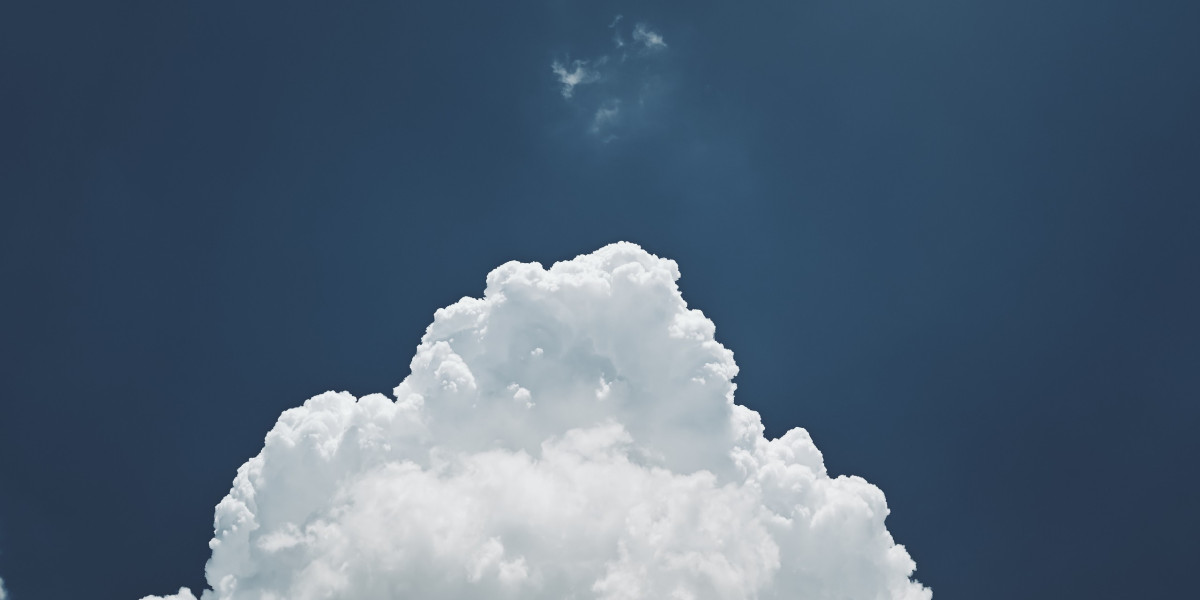Unlock the Secret to Stunning Photos: Master Studio Lighting Like a Pro!
In the realm of photography, lighting is paramount. Whether you're a budding photographer or a seasoned pro, mastering the art of studio lighting can profoundly impact the quality and creativity of your images. Studio lighting kits serve as an essential tool for photographers, allowing them to control the light in their environment and achieve the desired effects in their shots. Imagine being able to transform a simple portrait into a captivating piece of art simply by adjusting your lighting setup. This article will delve into the world of studio lighting kits, exploring their components, benefits, and practical applications. By the end, you'll be equipped with the knowledge to elevate your photography game and create stunning visuals.

Understanding Studio Lighting Kits
A studio lighting kit is a collection of equipment designed to provide controlled lighting for photography. Typically, these kits include various components such as lights, stands, and modifiers. The lights are the core of the kit, often available in different types such as continuous lights or strobe lights, each offering unique advantages. Continuous lights provide a constant source of illumination, making it easier to see how the light interacts with the subject, while strobe lights offer powerful bursts of light, ideal for freezing motion and achieving sharp images.
Stands are essential for positioning your lights at the desired height and angle, enabling you to direct light where you need it most. Modifiers, such as softboxes, umbrellas, and reflectors, help to diffuse or redirect light, softening hard shadows and creating a more flattering look. Understanding the full array of equipment in a studio lighting kit allows photographers to experiment with different setups, enhancing their creativity and enabling them to achieve professional-quality results. When I first got my studio lighting kit, I was amazed by how simple adjustments could dramatically change the mood of my photos. It opened up a whole new world of possibilities in my photography journey.
Benefits of Using a Studio Lighting Kit
The advantages of using a studio lighting kit are numerous. One of the primary benefits is the improved control over lighting conditions. Unlike natural light, which can be unpredictable, a studio lighting kit allows photographers to manipulate light to suit their creative vision. This controllability leads to consistent results, making it easier to replicate successful setups for future shoots.
Another significant advantage is the ability to create professional-quality images. With a proper lighting setup, even simple subjects can look stunning and polished. Studio lighting kits also enable photographers to craft specific moods and atmospheres in their images. For instance, using soft lighting can evoke a sense of calmness, while harsh lighting can create drama and intensity. I recall a friend of mine who transitioned from natural light shooting to using a studio lighting kit; the transformation in her work was astonishing. She could explore various styles and techniques, ultimately enhancing her portfolio and attracting more clients.
How to Use a Studio Lighting Kit Effectively
Using a studio lighting kit effectively involves understanding how to set up and adjust your lights. Start by positioning your main light source, often referred to as the key light. This light should be placed at a 45-degree angle from your subject to create depth and dimension. Once your key light is set, you can introduce fill lights to soften shadows and enhance overall illumination. Experimenting with the distance of your lights from the subject can also yield different effects; closer lights create softer shadows, while farther lights produce harsher contrasts.
Don’t forget to adjust the power settings on your lights, as this can dramatically change the exposure of your images. If you’re using continuous lights, monitor the ambient light in the room to ensure it doesn’t interfere with your lighting setup. One helpful tip is to take test shots and evaluate them, making adjustments as needed. Additionally, experimenting with different lighting techniques can yield exciting results. I often recommend trying out various setups and observing how light interacts with your subjects—this trial-and-error process is where true learning happens.
Common Lighting Techniques
Several popular lighting techniques can help you achieve stunning photographs. Key lighting is the primary source of light in your setup, defining the subject and creating a focal point. Fill lighting complements the key light by illuminating shadows, ensuring that details are not lost in dark areas. Backlighting, on the other hand, creates a dramatic effect by placing the light source behind the subject, producing a halo effect or emphasizing outlines. Each technique has its applications and can significantly influence the mood of your images. By mastering these techniques, you can unlock new creative potentials in your photography.
Elevating Your Photography with Studio Lighting
In conclusion, mastering studio lighting is essential for any photographer looking to enhance their craft and produce stunning images. Understanding the components of a studio lighting kit, recognizing its benefits, and learning how to use it effectively are key steps in this journey. As you practice and experiment with your lighting setups, you will discover the immense power of light in photography. So, gather your studio lighting kit, unleash your creativity, and watch as your photography transforms into a captivating visual experience!







